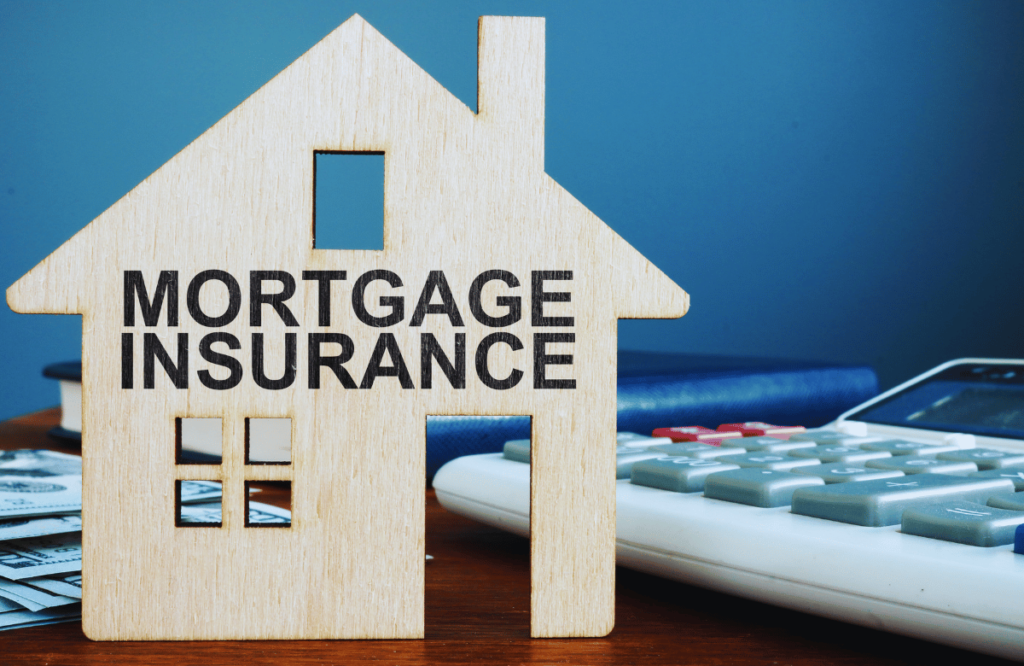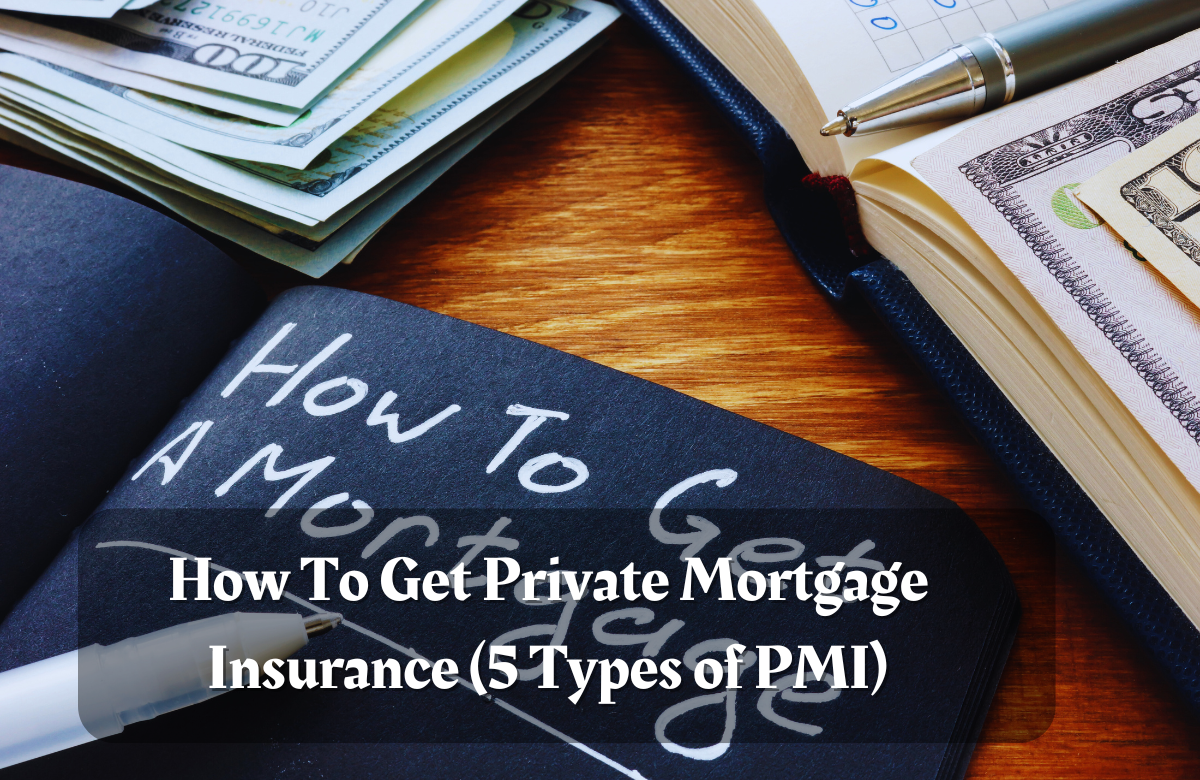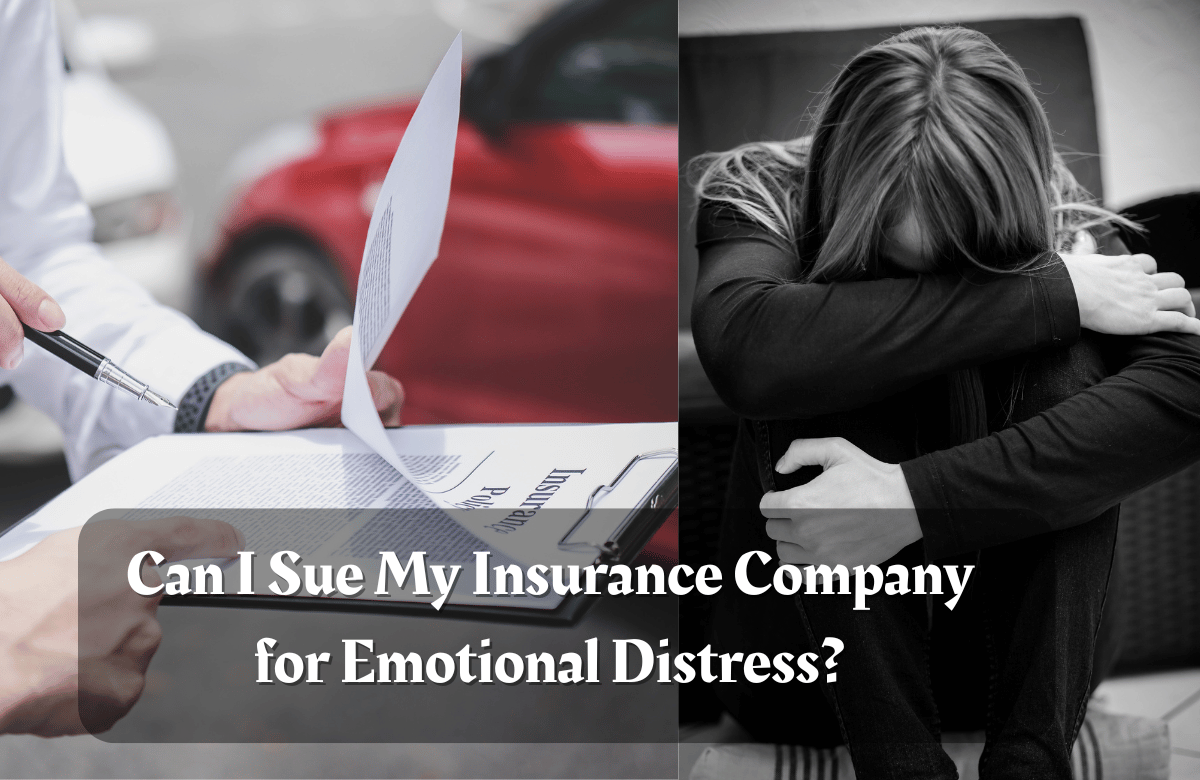Private Mortgage Insurance (PMI) is a type of insurance that homebuyers often need when they cannot make a substantial down payment on their mortgage.
It is a safety net for lenders, ensuring they are protected if the borrower defaults. For many homebuyers, PMI is essential as it enables them to qualify for a mortgage with a smaller down payment, making homeownership more accessible.
This article will help you understand how to get PMI and the five types of PMI available. You’ll know your options and the steps to get PMI for your home purchase.
What is Private Mortgage Insurance (PMI)
Private Mortgage Insurance (PMI) is a type of insurance that borrowers might be required to purchase when they take out a conventional mortgage and their down payment is less than 20% of the home’s value.
PMI helps the lender if the borrower can’t pay the loan. It also lets buyers get a mortgage with a smaller down payment, making it easier to buy a home without needing to save a lot of money first.
How To Get Private Mortgage Insurance (PMI)?

To secure Private Mortgage Insurance (PMI), follow these steps to understand eligibility requirements and confidently proceed with your home purchase.
Check Eligibility Requirements
Before obtaining Private Mortgage Insurance (PMI), it’s essential to ensure you meet specific eligibility criteria established by lenders. These criteria determine whether you qualify for PMI and can guide you in taking steps to improve your eligibility.
Credit Score
Maintaining a good credit score is essential when applying for PMI. Typically, lenders need a credit score of at least 620, but having a higher score can lead to better terms.
Down Payment Amount
Remember that the amount you put down upfront impacts whether PMI is necessary. PMI is typically required if your down payment exceeds 20% of the purchase price.
Loan-to-Value Ratio (LTV)
The loan-to-value ratio is the ratio of the loan amount to the home’s appraised value. If the LTV ratio exceeds 80%, PMI is typically required to safeguard the lender in the event of default.
Research Lenders and PMI Providers
Before engaging with PMI, compare policies from different lenders and providers to find the terms and rates that best suit your financial situation.
Apply for a Mortgage
After selecting a lender and PMI provider, you should follow these steps to apply for a mortgage. When seeking pre-approval, remember to bolster your position as a prospective homebuyer.
Understand PMI Costs
Gain a complete understanding of the costs associated with PMI. By grasping the factors that influence these costs, such as your loan amount, credit score, and the type of mortgage you choose, you can make informed decisions and feel in control of your financial situation.
Finalize the PMI Agreement
Before you confirm your PMI agreement, thoroughly examine the terms and conditions presented by your lender or PMI provider and authorize the agreement to guarantee your home financing.
5 Types of Private Mortgage Insurance

To secure Private Mortgage Insurance (PMI), follow these steps to understand eligibility requirements and confidently proceed with your home purchase.
1.Borrower-Paid Mortgage Insurance (BPMI)
Borrower-paid Mortgage Insurance (BPMI) is a type of PMI where the borrower pays the insurance premium as part of their monthly mortgage payment.
Payment structure
BPMI premiums are usually added to your monthly mortgage payment, which is convenient but increases your total housing expenses.
How BPMI can be canceled
BPMI can be canceled once your loan-to-value ratio (LTV) reaches 80% or less by paying down your mortgage and home appreciation.
Lender-Paid Mortgage Insurance (LPMI)
Explanation of LPMI
Lender-paid Mortgage Insurance (LPMI) occurs when the lender pays the mortgage insurance premium upfront in exchange for a higher interest rate.
How LPMI affects loan terms
LPMI can result in a higher interest rate than BPMI, which may impact your mortgage payments.
Pros and cons of LPMI
Pros: LPMI can lower monthly payments initially and may be tax-deductible.
Cons: It may result in a higher overall cost due to the increased interest rate, and the premium is typically not cancellable.
To secure Private Mortgage Insurance (PMI), follow these steps to understand eligibility requirements and confidently proceed with your home purchase.
2.Lender-Paid Mortgage Insurance (LPMI)
LPMI, which stands for Lender-Paid Mortgage Insurance, entails the lender covering the upfront cost of the mortgage insurance premium in return for a higher interest rate.
How LPMI affects loan terms: LPMI may result in a higher interest rate than BPMI, impacting overall mortgage payments.
Pros and cons of LPMI
Pros: Lower initial monthly payments may be tax-deductible.
Cons: Generally results in higher overall costs due to the increased interest rate, which is typically not cancellable.
3.Single-Premium Mortgage Insurance (SPMI)
Single-Premium Mortgage Insurance (SPMI) requires a one-time mortgage insurance premium payment at closing.
Payment structure (one-time payment)SPMI involves paying the entire insurance premium upfront, which can be included in your closing costs or financed into the loan.
Pros and cons of SPMI
Pros: Upfront payment avoids monthly premium payments and lowers overall cost than monthly PMI.
Cons: Requires a larger upfront payment, which may increase closing costs or affect loan financing.
4. Split-Premium Mortgage Insurance
Split-Premium Mortgage Insurance allows you to split the premium into initial and ongoing payments.
For initial and ongoing payments, you pay a portion of the premium at closing, and the remainder is spread out over your monthly mortgage payments.
Benefits and drawbacks
Lower initial costs than SPMI spread out payments over time.
It may have higher overall costs than SPMI, which adds to monthly mortgage payments.
5. FHA Mortgage Insurance Premium (MIP)
FHA Mortgage Insurance Premium (MIP) is required for FHA loans. It serves a similar purpose to conventional PMI.
FHA MIP is mandatory for all FHA loans, regardless of down payment size. In contrast, conventional PMI requirements vary based on the down payment amount and loan type.
For FHA, MIP includes an upfront and annual monthly premium. Unlike conventional PMI, FHA MIP does not automatically cancel when you reach 20% equity; it requires refinancing to remove it.
Comparing the Types of PMI

When choosing Private Mortgage Insurance (PMI) for your home financing, it’s crucial to consider the available types and the factors that will guide your decision. Below is a comparison of different PMI options to help you make an informed choice.
Borrower-Paid Mortgage Insurance (BPMI)
- Explanation: Borrower pays monthly premiums as part of mortgage payments.
- Cost: Monthly premiums.
- Payment Flexibility: Standard monthly payments.
- Long-Term Financial Impact: Can be canceled when LTV reaches 80%, reducing long-term costs.
Lender-Paid Mortgage Insurance (LPMI)
- Explanation: The lender pays an upfront premium for higher interest rates.
- Cost: Higher interest rates.
- Payment Flexibility: Lower initial payments.
- Long-Term Financial Impact: Higher overall cost due to increased interest rates; not cancellable.
Single-Premium Mortgage Insurance (SPMI)
- Explanation: Borrower pays a one-time premium at closing.
- Cost: Upfront lump sum.
- Payment Flexibility: Paid at closing.
- Long-Term Financial Impact: Avoids monthly premiums; increases initial closing costs.
Split-Premium Mortgage Insurance
- Explanation: Premium is split between upfront and ongoing payments.
- Cost: Initial lump sum + monthly premiums.
- Payment Flexibility: Spread out overpayments.
- Long-Term Financial Impact: Lower initial costs compared to SPMI; increases monthly payment.
FHA Mortgage Insurance Premium (MIP)
- Explanation: Required for FHA loans, including upfront and annual premiums.
- Cost: Upfront + yearly premiums.
- Payment Flexibility: Standard monthly payments.
- Long-Term Financial Impact: Mandatory for FHA loans; requires refinancing to remove.
Factors to Consider When Choosing a Type of PMI:
- Cost: Evaluate the total cost over the life of the loan, including upfront payments and ongoing premiums.
- Payment Flexibility: Consider your ability to manage upfront costs versus spreading payments out over time.
- Long-Term Financial Impact: Assess how each type of PMI affects your overall mortgage payments and total loan costs, including potential savings from PMI cancellation.
Tips for Reducing PMI Costs
When considering ways to reduce Private Mortgage Insurance (PMI) costs, it is essential to consider and investigate the following strategies carefully:
Improving Credit Score Before Applying:
Higher credit scores typically result in lower PMI rates. Before seeking a mortgage, enhance your credit score by making timely bill payments, decreasing debt, and rectifying any inaccuracies on your credit report.
Increasing Down Payment:
Making a more significant initial payment can decrease the loan-to-value (LTV) ratio, potentially reducing or eliminating the requirement for private mortgage insurance (PMI). Strive to make a down payment of at least 20% to avoid PMI or decrease its duration and expense.
Choosing the Right Type of PMI for Your Financial Situation:
Consider various PMI choices, including Borrower-Paid Mortgage Insurance (BPMI), Lender-Paid Mortgage Insurance (LPMI), Single-Premium Mortgage Insurance (SPMI), or Split-Premium Mortgage Insurance. Choosing the alternative that corresponds to your financial objectives and capacity to handle initial expenses versus ongoing premiums can reduce overall costs.
Conclusion
Understanding the management of Private Mortgage Insurance (PMI) is a critical step that can significantly impact your journey to owning a home. PMI is a valuable resource that allows homebuyers to obtain a mortgage with a reduced down payment, making homeownership feasible for many.
This article has provided a complete guide on obtaining PMI. It outlines the eligibility requirements for the different types of PMI available such as Borrower-Paid Mortgage Insurance (BPMI), Lender-Paid Mortgage Insurance (LPMI), Single-Premium Mortgage Insurance (SPMI), Split-Premium Mortgage Insurance, and FHA Mortgage Insurance Premium (MIP) and factors to consider when choosing the right option for your financial situation.
To lower PMI expenses, you can improve your credit score, raise your down payment, and select the appropriate type of PMI. This advice will assist you in making well-informed choices that align with your long-term financial objectives.
Empowered with this knowledge, you are now equipped to confidently navigate the complexities of PMI and embark on your path to owning a home with greater financial security and clarity.





